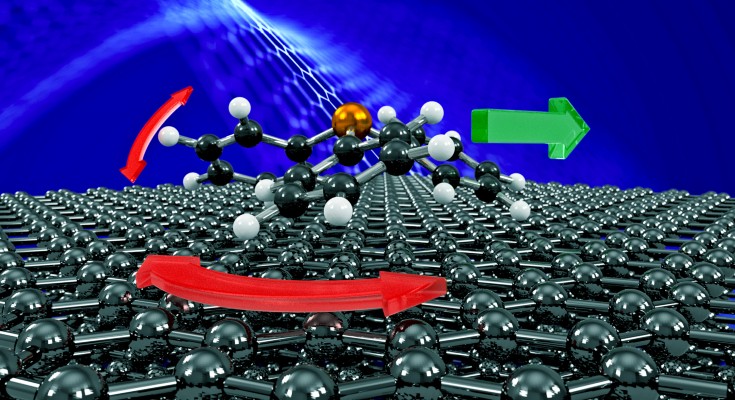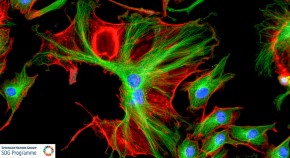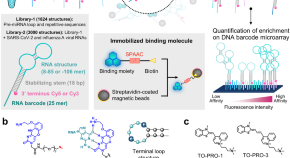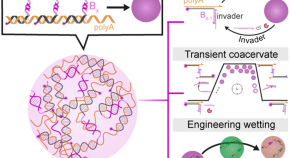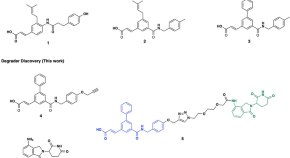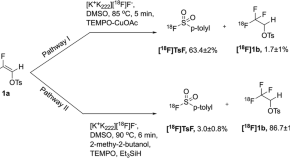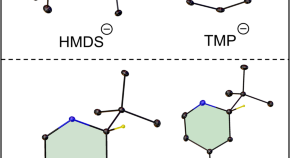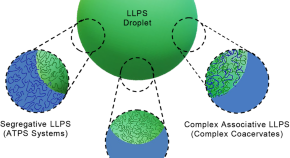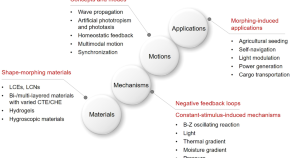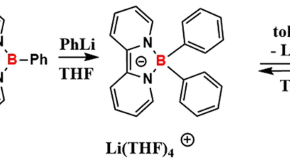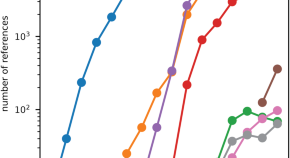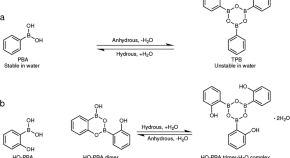Advertisement
-
-

Challenges for exploiting nanomagnet properties on surfaces
Molecular complexes with single-molecule magnet or qubit properties are great candidates for quantum information storage and processing, however, device implementation requires controlled surface deposition and property retention, which is a challenge. This Perspective gives a brief overview of molecular properties on a surface relevant for magnetic molecules and how they are affected by surface deposition, pointing out possible ways of overcoming the problems encountered so far.
-
-
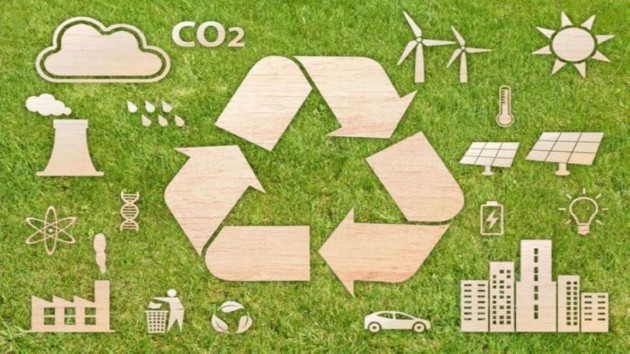
Electrocatalytic CO2 reduction
Trending - Altmetric
-
Molecular motion of a nanoscopic moonlander via translations and rotations of triphenylphosphine on graphite
-
Direct esterification of amides by the dimethylsulfate-mediated activation of amide C–N bonds
-
Synthesis, characterisation, and catalytic application of a soluble molecular carrier of sodium hydride activated by a substituted 4-(dimethylamino)pyridine
-
Borates expand their reduction power

